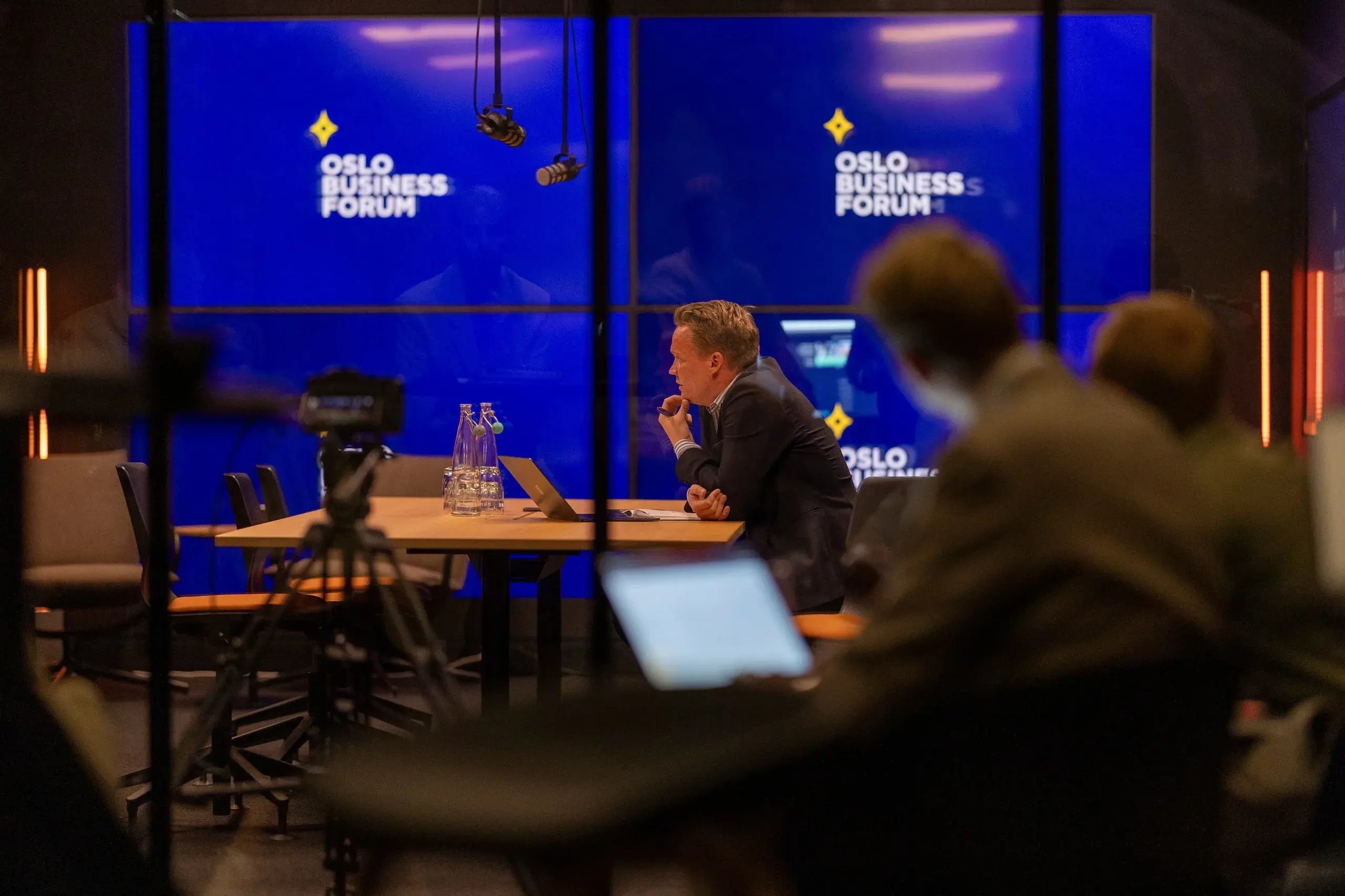
Better results demand better performances
The Assessment Company
We provide insights into where your business stands today and where it should be in the future.
Then we build performances that take you there.
Effective companies for the future
Our Services
STRATEGY
As an advisor and facilitator through the strategy process, our most important task is to adapt methods, frameworks and tools, as well as to facilitate key activities within the board, management and among their employees.
We use extensive experience with strategy and change work, combined with an organizational psychology approach, to facilitate progress, anchoring and value creation in the business from day one.
ORGANIZATIONAL DEVELOPMENT
Customer and user experiences are often a key part of a company's competitiveness and delivery capability. Strategic development work can therefore often be based on customer and user needs.
Customer-oriented organizational development is about developing processes, products or business models in a way that allows the organization to create higher customer value and better user experiences.
LEADERSHIP DEVELOPMENT
When changes are to happen quickly, it is essential that the organization's employees have the skills needed. All skills development must take place on the basis of the company's strategic goals.
We use Inflow24 and PEOPLE LAB.™ to create faster, more strategic and longer-lasting effects from competence development.
SKILLS DEVELOPMENT
Do you want to work with skills development at an organizational level?
Inflow24 can be used to give HR and managers insight into the organization's skills gaps and prioritized development areas, as well as as a tool for monitoring and developing each individual employee.
RECRUITMENT
With PEOPLE LAB.™ you get access to a recruitment method that provides higher accuracy and greater customer and candidate value. Recruitment processes often require high levels of expertise at the management and specialist level. You need someone with experience and business understanding who can see recruitment from a strategic perspective.
SELECTION
Do you want to work with competency development at an organizational level? Inflow24 can be used to give HR and managers insight into the organization's competency gaps and prioritized development areas, as well as as a tool for monitoring and developing each individual employee.
CAREER COUNSELING
In a time of change and development, it is more important than ever to look after and develop employees. With our career counseling service, we offer a structured and motivating process that helps both individuals and companies in transition and development phases.
exceptional performances
PEOPLE LAB™
PEOPLE LAB™ functions as both a training arena and a recruitment arena, but it is also part of an ecosystem of services and technology that provides insights into the organization's competencies, competency gaps, and development potential. With the help of digital tools, we can map the talent landscape in real time. This allows you to identify current and potential skills in both leaders and employees and match them to the company's goals, strategies, and processes.
PEOPLE LAB™ offers you a glimpse into how you can utilize insights from top-level sports to achieve exceptional performances. Among its strategies is the use of video analysis as a tool to enhance skills, foster self-awareness, and adapt behavior. With this, we provide your organization access to a highly skilled environment, rooted in strategic and organizational psychology - everything you need to create even greater performances, effectively, securely, and engagingly.
